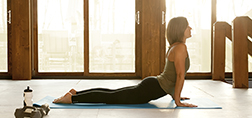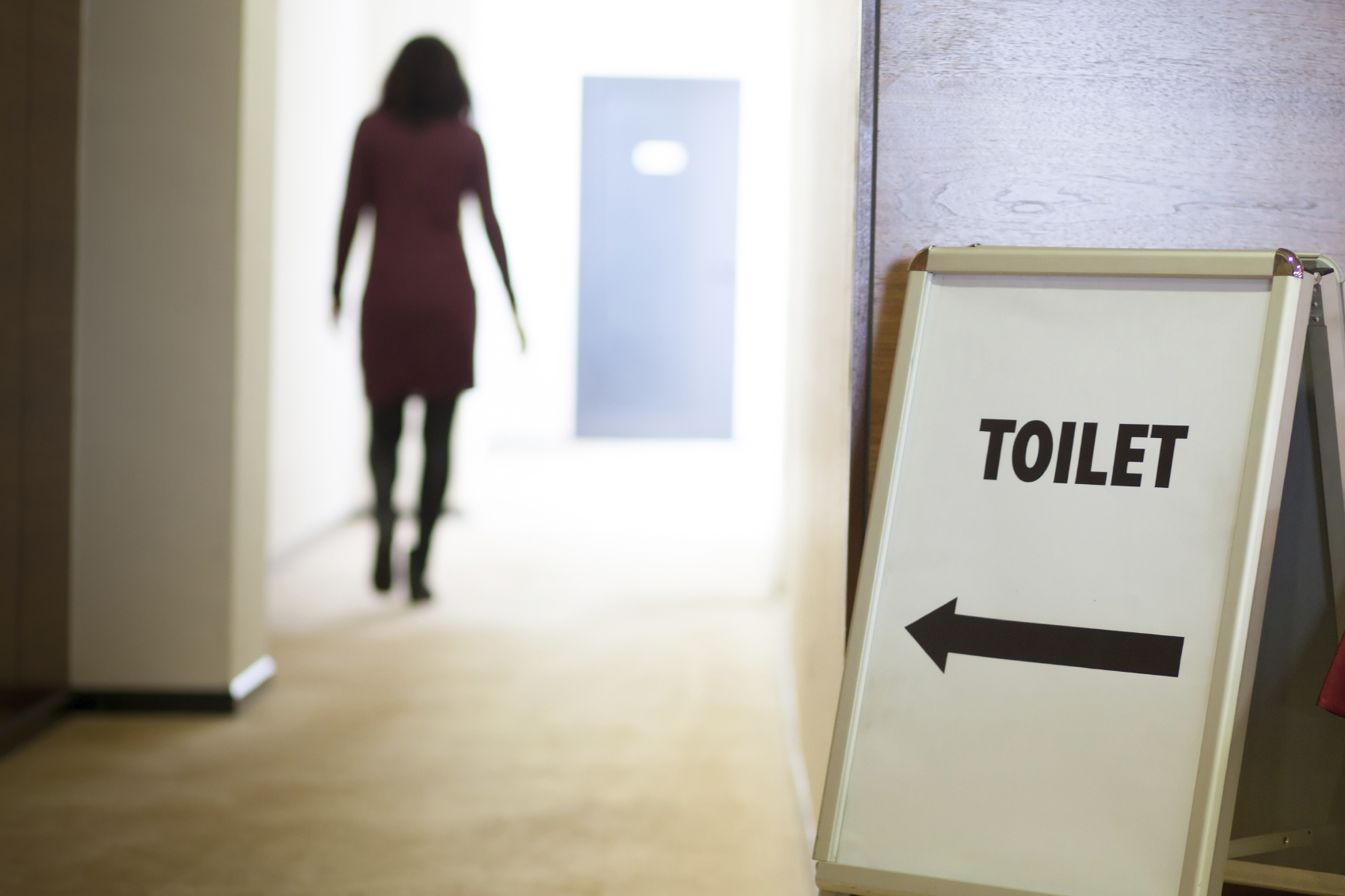
Physical therapy is the science of exercise for all the physiological systems of the body, including the pelvic floor complex. We’ve all heard about core training and how important it is to our bodies. For runners, core strength allows us to run with improved form and stamina.
But your core is more than one or two muscle groups. It’s actually four, which create a canister for the center of our bodies where we find stability and protection from injury. Core muscles also give us the ability to move with control and ease.
The four muscle groups are the transverse abdominals (deepest layer of abdominals), the multifidi (small muscles that run along the spine and coordinate stability), the diaphragm (breathing muscle under the rib cage) and last, but certainly not least, the pelvic floor.
The abs and the back muscles work together and usually receive a lot of attention from most athletes, but the diaphragm and the pelvic floor are often neglected.
Think about it: the pelvic floor supports the entire bottom of this canister. If it doesn’t get any strength training, we cannot expect it to carry us through many miles of bouncing up and down without letting loose small amounts of urine.
So how do you strengthen those pelvic floor muscles? Well, the basic answer is Kegels, a strengthening exercise of repeatedly contracting and relaxing your pelvic muscles.
But Kegels are trickier than most people realize, and if not done properly, they will be quite ineffective. To discover the state of your pelvic floor muscles, try stopping the urine flow while you are emptying your bladder. (And please use caution with this technique, as it is detrimental to the bladder if used too often.) Or, you can tighten the muscles you might use to avoid passing gas.
If you can feel the lift in the pelvic floor, you’re off to a good start! Here are some exercises to further strengthen your core:
Exercise 1: Transverse Abdominus
To find your transverse abdominus, sit tall and put your hands on the triangle of belly below your belly button and above your pubic bone. Say ‘SHHHHH’ to the end of your breath and you will feel your belly move in toward your spine. Try that a few times and then put your other hand on your upper belly.
Now try to move just the lower belly in without saying ‘SHHHH’ with about 25 percent effort. The upper belly should be quiet and your breath will need to expand through your rib cage. Practice holding this contraction for 10 seconds, performing 10 repetitions per set and three sets per day.
Exercise 2: Pelvic Floor Contraction
Use your muscles to pull your tailbone and pubic bone together and lift up.
Hold this contraction for 10 seconds and then let go and relax all the way for at least 10 seconds. Repeat 10 repetitions per set and three sets per day. Don’t forget to relax these muscles between contractions.
Exercise 3: Putting it all together
Contract your transverse abdominus first, then squeeze and lift your pelvic floor. Hold for 10 seconds while you continue to breathe through your rib cage. Progress to contracting your TA and then pelvic floor prior to lifting, bending, sneezing and laughing.
Make it part of your normal movement sequence. Practice makes permanent so work with quality contractions and really put your mind into initiating those muscle contractions.
*Jennafer Vande Vegte is a physical therapist at Spectrum Health.
 /a>
/a>
 /a>
/a>
 /a>
/a>